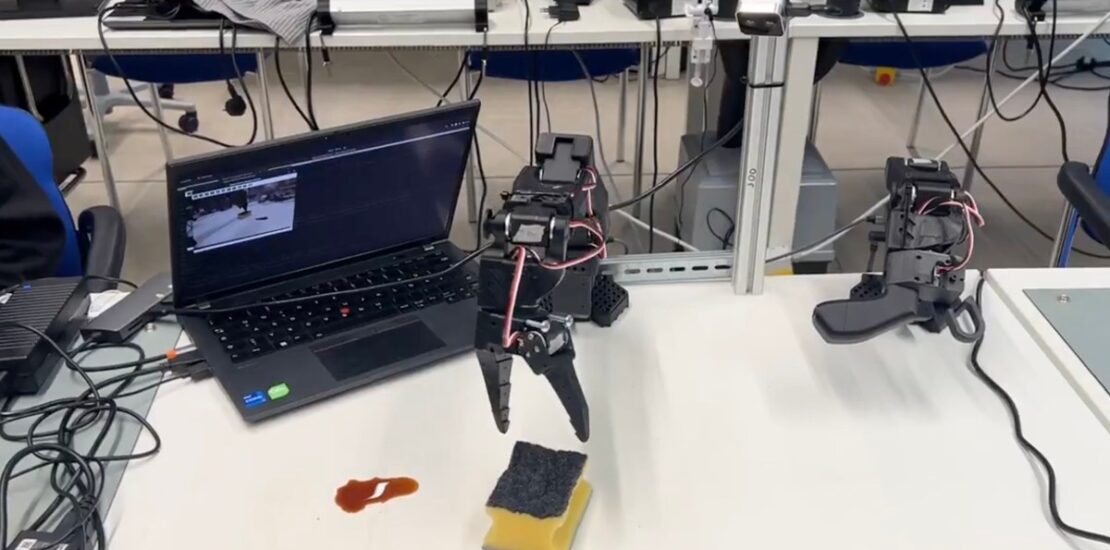Built in four days, this $120 robot arm cleans a spill with help from GPT-4o
- November 4, 2024
- Posted by: chuckb
- Category: TC Artificial Intelligence

Transformative Impact of Large Language Models in Robotics
Large language models (LLMs) have revolutionized numerous fields, and robotics is no exception. Researchers and organizations are exploring innovative ways to integrate these models into robotic systems to enhance their capabilities, particularly in learning and human-robot interaction. Among the forefront of these efforts are roboticists Jannik Grothusen and Kaspar Janssen from UC Berkeley and ETH Zurich, who took on an ambitious project to utilize a cost-effective approach to deploy generative AI in robotics.
Project Overview: Building a Cost-Effective Cleaning Robot
Grothusen and Janssen aimed to demonstrate that even relatively inexpensive robot arms could be effectively utilized for practical tasks, such as cleaning up spills. To this end, they each utilized a robotic arm that costs only $120—a significant departure from the notion that advanced robotics requires heavily funded and high-end equipment. The project showcased how LLMs, specifically GPT-4o, can facilitate programming and instructing these robotic systems while reducing the time and resources needed for development.
Training the Robots: Methodology
The duo undertook a focused training regimen for the robotic arms, managing to complete the programming in just four days. This rapid development hinged on their use of a visual language model tailored for human-robot interaction (HRI). By incorporating LLMs into their workflow, they were able to streamline the process of teaching the robots the necessary tasks. They gathered extensive data from approximately 100 demonstrations to effectively train the robots to perform the spill-cleaning activity.
The choice to rely on a visual language model reflects the growing trend to enhance human-robot communication through more intuitive and accessible means. By building a system that effectively interprets visual cues, the researchers have paved the way for robots to understand and process commands more naturally, mirroring how humans communicate.
Implications of Affordable Robotics
The implications of their work are profound. By demonstrating that low-cost robotics can be combined with advanced AI methodologies, Grothusen and Janssen have opened pathways for further research and development in the field. This is particularly relevant for homes and small businesses where budget constraints can limit access to automation technologies.
The successful implementation of an affordable robot capable of performing autonomous tasks could encourage wider adoption of robotics in everyday life. It also inspires universities, tech developers, and hobbyists to explore building their own robotic solutions by tapping into available resources, like the plans shared by The Robot Studio on YouTube.
Conclusion: A Paradigm Shift in Robotics
This innovative use of large language models in conjunction with low-cost robotic arms demonstrates an evolutionary step in the field of robotics. The work of Grothusen and Janssen not only emphasizes the versatility of LLMs but also illustrates the potential for affordable automation solutions that can significantly reduce the barrier to entry for robotics in domestic and small-scale environments. As research continues to blend advanced AI with accessible hardware, the future of robotic applications looks highly promising, offering functional solutions for various everyday practical problems.
